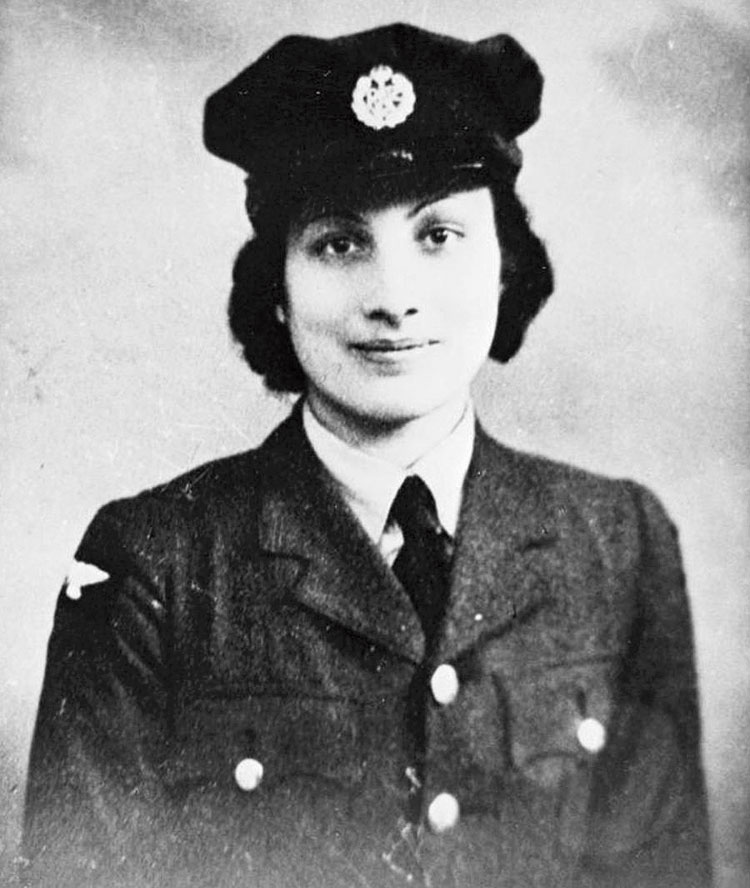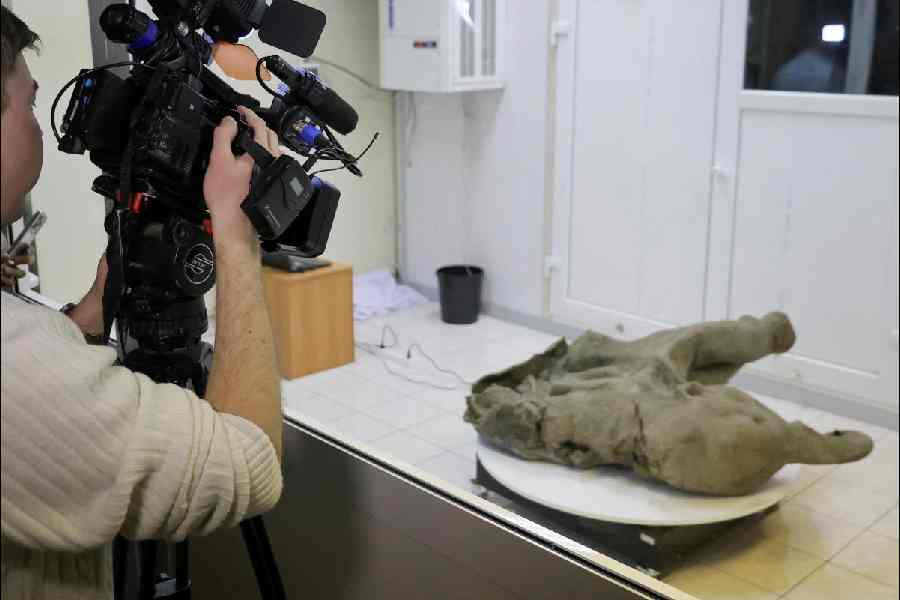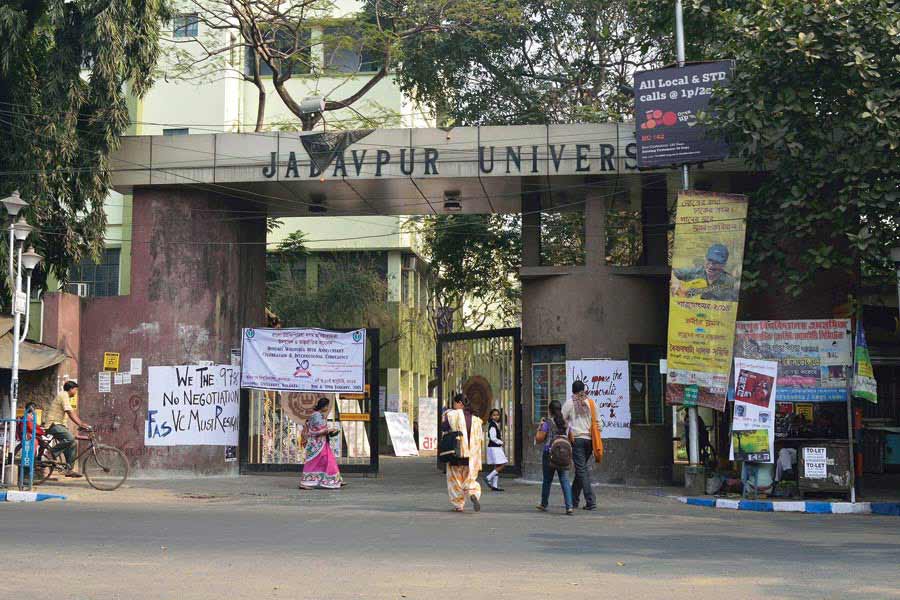Noor Inayat Khan, an Indian war heroine who spied for the British in occupied France under the codename “Madeleine”, but was captured, tortured and executed by the Nazis in 1944 at the age of 30, has been honoured in a new exhibition which opened on International Women’s Day on Sunday.
Noor is also being recognised with a blue plaque, which is to be erected by English Heritage at her wartime London home at 4 Taviton Street in Bloomsbury — the house that she left on her final and fatal mission in June 1943.
The historian Kusoom Vadgama, who has been writing about the Indian contribution in two world wars and was among the first to draw attention to Noor’s bravery more than 30 years ago, expressed concern she was now being projected as a “Muslim heroine”.
“They were all Indians,” she told The Telegraph. “It is nothing to do with religion.”
Out of over 950 blue plaques in London, only 14 per cent are women. Rabindranath Tagore, Mahatma Gandhi, Jawaharlal Nehru and B.R. Ambedkar are among Indians who have blue plaques but Noor is the first Indian-origin woman to be so honoured.
Noor’s tale is being told at the Commonwealth War Grave Commission’s (CWGC) Runnymede Air Forces Memorial in a new digital exhibition, Noor Inayat-Khan: A Woman of Conspicuous Courage.
Julian Evans, director of international and community engagement at CWGC, said: “Noor’s story is an inspirational one.”
According to the exhibition’s organisers, Noor was born in Moscow in 1914 but her family left Russia amid safety fears for Paris, and then London, after the outbreak of the First World War. Her father, an accomplished Indian musician, gave concerts and shared Sufi teachings.
When the fighting of the Second World War approached Paris in June 1940, Noor and her brother Vilayat escaped to England in order to join the war effort.
In November of the same year she joined the Women’s Auxiliary Air Force, where she trained as a wireless operator, learning Morse code and working at RAF Abingdon in Oxfordshire. In October 1942, when Winston Churchill’s famed Special Operations Executive (SOE) was looking for French speakers, she was called for an interview for a new challenge.
The SOE, famously ordered by Churchill to “set Europe ablaze”, offered her the chance to go behind enemy lines as an agent in France.
She signed the Official Secrets Act and began her training, learning how to shoot, throw grenades, read maps, and fight hand to hand without weapons. In March 1943, she became one of the first women to be sent for specialist SOE signals training.
In June 1943, Noor and another female agent were flown to a field outside Angers, about 185 miles south west of Paris.
Working in perilous conditions behind enemy lines, she helped hold together the tattered remains of the Paris resistance in some of the darkest hours of the war. After months of dangerous work for the Allies in France, she agreed to return to the UK once a replacement was promised. But just two days before she was due to leave she was arrested by the secret police and tortured.
She gave nothing away and was transferred to a German prison in November 1943, where she was held in solitary confinement for more than ten months. On the morning of September 13, 1944, Noor was executed at Dachau concentration camp.











